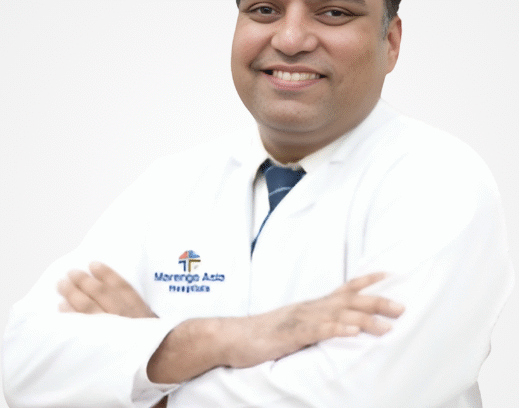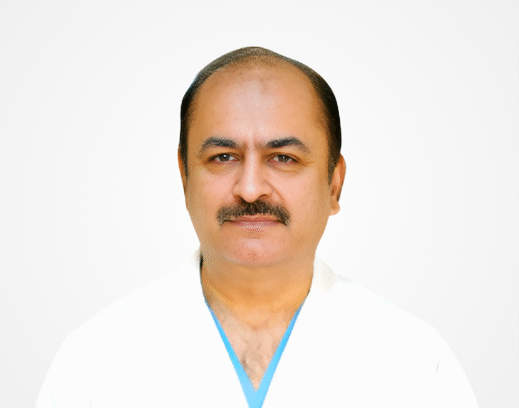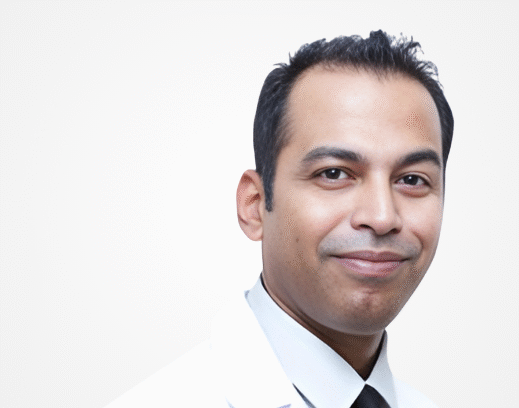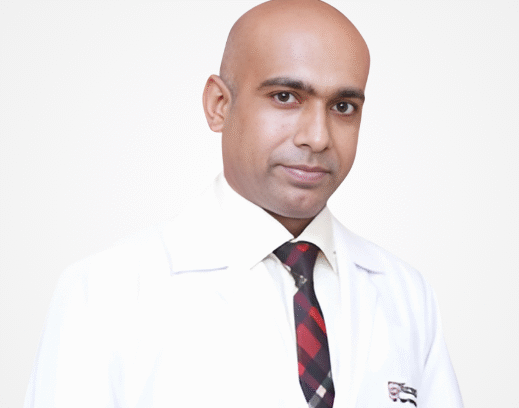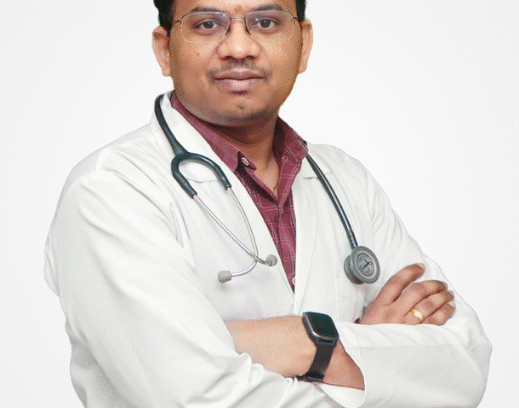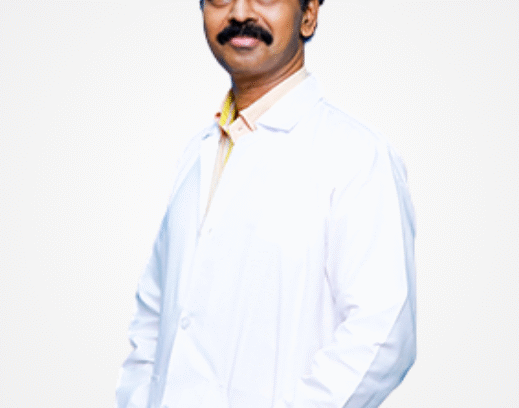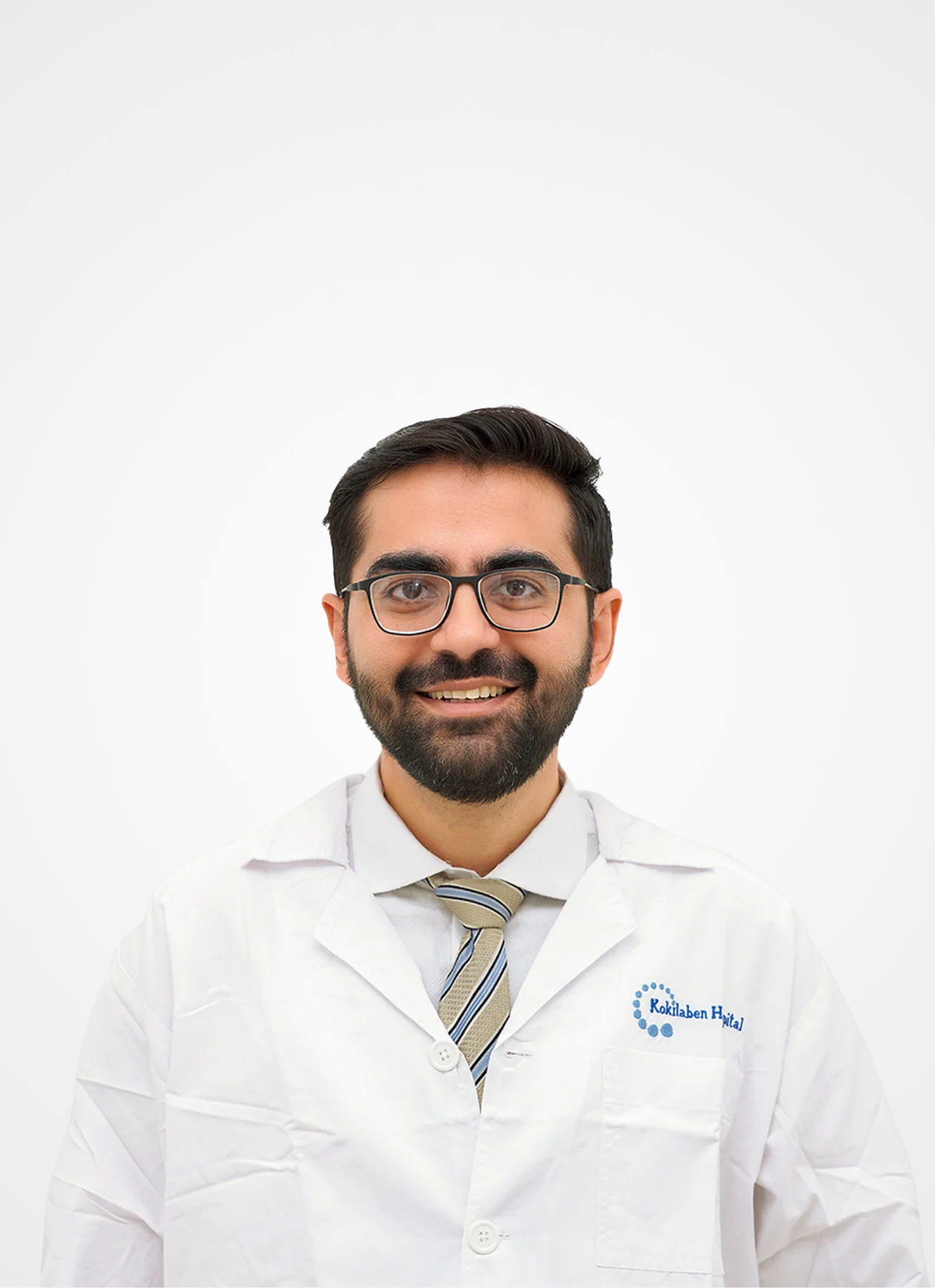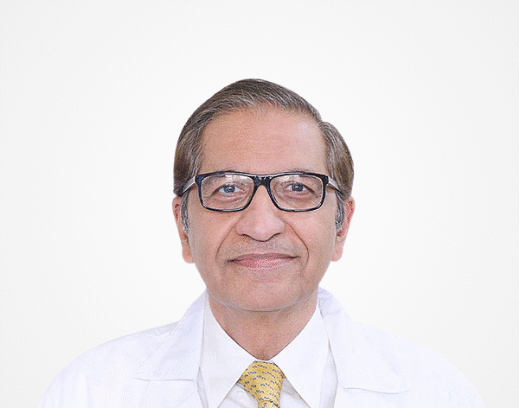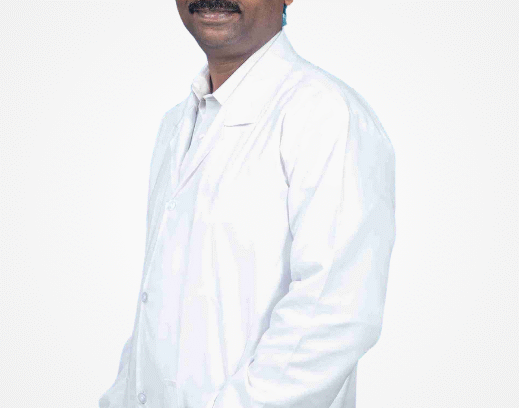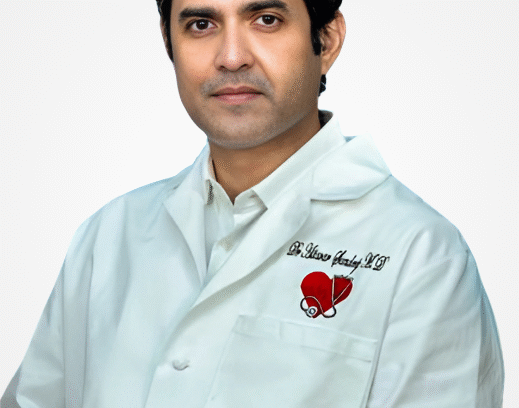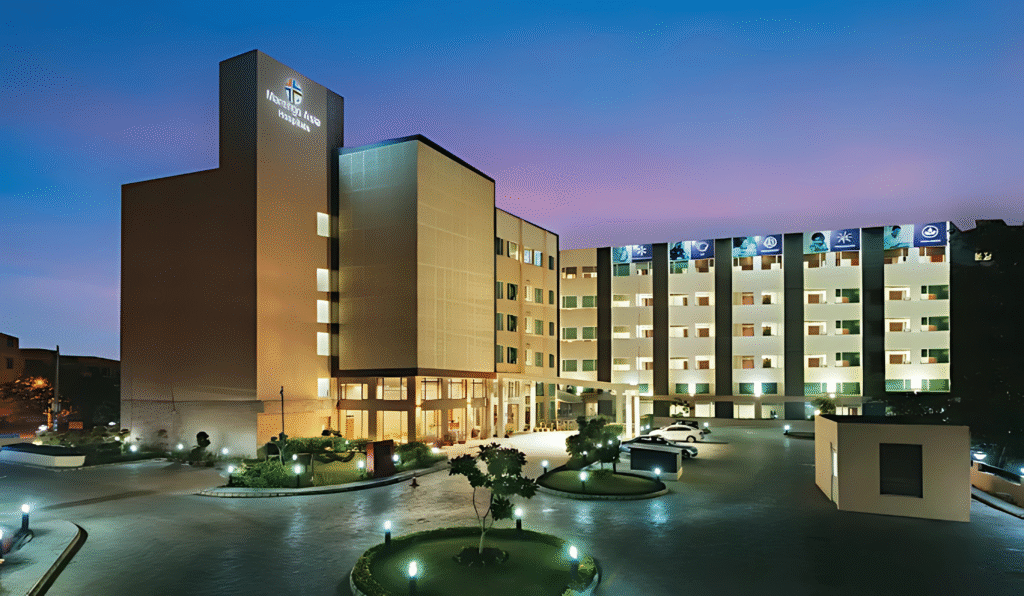Coronary Artery Disease (CAD) Treatment Cost in India

What is Coronary Artery Disease (CAD)?
Coronary Artery Disease (CAD) is a chronic condition where the major blood vessels that supply the heart muscle—called coronary arteries—become narrowed or blocked due to a buildup of cholesterol and fatty deposits known as plaque. This process, called atherosclerosis, limits the flow of oxygen-rich blood to the heart, especially during exertion or stress. Over time, this restricted flow can lead to chest pain (angina), shortness of breath, and an increased risk of heart attacks. CAD often develops slowly and may go unnoticed until it significantly affects heart function. It is one of the most common forms of heart disease and a leading cause of morbidity and mortality worldwide. Early diagnosis and management are crucial to preventing life-threatening complications.
How Does Coronary Artery Disease (CAD) Develop?
Coronary Artery Disease develops gradually over time as fatty deposits (plaques) made of cholesterol, calcium, and other substances accumulate on the inner walls of the coronary arteries—a process known as atherosclerosis. These plaques begin to narrow the arteries, limiting the flow of oxygen-rich blood to the heart muscle.
Initially, the restriction may not cause symptoms, but as the blockage increases, individuals may experience chest pain or fatigue during exertion. Over time, the plaques can rupture, leading to blood clots that completely block the artery, resulting in a heart attack. The disease often remains silent until significant blockage or a cardiac event occurs, making early lifestyle changes and screening crucial.
Causes and Risk Factors of Coronary Artery Disease (CAD)
Coronary Artery Disease (CAD) is a condition in which the coronary arteries that supply oxygen-rich blood to the heart muscle become narrowed or blocked. This is typically due to the buildup of plaque, a combination of fat, cholesterol, and other substances, leading to reduced blood flow. Over time, this can result in chest pain (angina), shortness of breath, heart attacks, or even heart failure.
Primary Causes of CAD:
Atherosclerosis: The most common cause, where fatty deposits accumulate on arterial walls, hardening them and narrowing the passageway.
Chronic Inflammation: Long-term inflammation from autoimmune disorders, infections, or exposure to toxins may damage arteries.
High Cholesterol Levels: Especially high levels of LDL (bad cholesterol), which contributes to plaque formation.
Hypertension (High Blood Pressure): Constant high pressure can damage arteries and accelerate plaque buildup.
Diabetes or Insulin Resistance: These conditions can increase the risk of atherosclerosis and heart disease significantly.
Risk Factors Contributing to CAD:
Family History: A family history of heart disease increases susceptibility to CAD.
Smoking: Tobacco use damages blood vessels, reduces oxygen in the blood, and promotes plaque buildup.
Obesity and Inactivity: Excess weight and sedentary lifestyle are linked to higher cholesterol, hypertension, and diabetes.
Unhealthy Diet: Diets high in saturated fats, trans fats, and processed foods contribute to poor heart health.
Age and Gender: Men are at higher risk earlier in life, though women’s risk increases after menopause.
Symptoms of Coronary Artery Disease (CAD)
Coronary Artery Disease often develops over time and may initially show no symptoms. As the arteries narrow, symptoms become more noticeable, especially during physical exertion.
Chest Pain (Angina): A squeezing or pressure-like discomfort in the chest, often triggered by stress or physical activity.
Shortness of Breath: Difficulty breathing, especially during exertion or while lying flat.
Fatigue: Unusual tiredness even with minimal activity.
Palpitations: A feeling of irregular or rapid heartbeats.
Heart Attack: Sudden chest pain, sweating, and nausea—may occur if a coronary artery is fully blocked.
Types of Coronary Artery Disease (CAD)
Coronary Artery Disease is one of the most common and serious heart conditions, caused by the narrowing or blockage of coronary arteries due to plaque buildup. Treatment for CAD focuses on restoring blood flow to the heart, relieving symptoms like chest pain or shortness of breath, and preventing future cardiac events such as heart attacks. A wide range of interventions—from lifestyle changes and medications to advanced surgical options—are used depending on the severity of artery blockage and the patient’s overall health. Minimally invasive techniques and stenting procedures are increasingly preferred for their faster recovery and fewer complications.
Stable angina is the most common form of CAD, where chest pain or discomfort typically occurs during physical exertion or stress. It results from the narrowing of coronary arteries due to plaque buildup, which restricts blood flow. Symptoms usually improve with rest or medication and are predictable in pattern.
Unstable angina is more severe and unpredictable. It may occur even at rest and does not follow a consistent pattern. It signifies a higher risk of heart attack due to the sudden reduction in blood flow, often from a ruptured plaque or clot.
Silent ischemia refers to reduced blood flow to the heart muscle without noticeable symptoms. It is especially common in people with diabetes and can go undetected unless diagnosed through stress testing or ECG, making it a hidden risk for serious events like a heart attack.
Variant (Prinzmetal’s) angina and microvascular angina are less common types. Variant angina is caused by artery spasms, while microvascular angina affects the heart’s tiny arteries.
Which Type of Coronary Artery Disease is the Most Dangerous?
Left Main Coronary Artery Disease is considered the most dangerous form, as it affects the artery supplying a large portion of the heart muscle. A blockage here can lead to massive heart attacks and sudden death if not treated promptly.
Why Choose India for Cardiac Treatment?
India has emerged as a global hub for world-class cardiac care, offering advanced diagnostic, surgical, and rehabilitation services at a fraction of the cost compared to Western countries. From minimally invasive heart procedures to complex surgeries like valve replacements and heart transplants, Indian cardiac hospitals are equipped with cutting-edge technology and internationally trained cardiologists. The country’s commitment to affordable, personalized care ensures patients receive timely interventions without compromising on quality.
India houses numerous hospitals that are accredited by the Joint Commission International (JCI) and National Accreditation Board for Hospitals (NABH). These institutions follow strict global standards of hygiene, safety, patient care, and surgical outcomes. Many of these cardiac centers specialize exclusively in heart-related disorders, offering highly specialized units such as electrophysiology labs, interventional cardiology suites, and dedicated pediatric cardiac ICUs. These accreditations ensure a level of trust and accountability for international patients seeking cardiac care.
Indian cardiologists and cardiothoracic surgeons are globally recognized for their skill and experience. Many have been trained or have practiced in top medical institutions in the USA, UK, Germany, and Australia, and are active contributors to international cardiology conferences and research. They bring decades of experience in treating a wide range of cardiac conditions—from coronary artery disease and heart failure to congenital heart defects and arrhythmias—ensuring world-class expertise for every case.
Cardiac treatment in India offers exceptional value for money. Major surgeries like CABG (Coronary Artery Bypass Grafting), valve replacements, or pacemaker implantation cost a fraction—often just 10% to 30%—of what patients would pay in Western nations. This includes hospital stays, doctor’s fees, surgery, medications, and rehabilitation. Transparent pricing and pre-packaged treatment plans help international patients budget their medical trips effectively without compromising on quality.
Indian hospitals are equipped with state-of-the-art diagnostic and surgical tools such as robotic surgery systems, hybrid operating rooms, 3D echocardiography, intravascular imaging, and AI-assisted cardiac mapping tools. These advancements allow doctors to perform complex procedures like robotic-assisted valve repairs or transcatheter aortic valve replacements (TAVR) with unmatched precision, reducing surgical trauma, hospital stay, and recovery time.
Time is critical in cardiac emergencies. Unlike many countries where patients have to wait weeks or even months for diagnostic tests and surgeries, Indian hospitals offer rapid appointment scheduling, often within 24–72 hours of inquiry. This swift response is particularly beneficial for international patients dealing with conditions that require urgent intervention, such as unstable angina, valve failure, or advanced heart failure.
India is a global leader in medical tourism, offering:
✔ Dedicated international patient coordinators
✔ Medical visa assistance for easy travel
✔ Affordable accommodation & travel support
✔ Multilingual staff, including English-speaking doctors
This ensures a smooth and hassle-free experience for foreign patients traveling to India for treatment.
Different Types of Treatments for Coronary Artery Disease (CAD)
Treating Coronary Artery Disease (CAD) involves a combination of lifestyle interventions, medications, and surgical options, depending on the severity of the condition and the extent of arterial blockage. Early-stage CAD can often be managed through non-invasive methods, while advanced cases may require interventional or surgical procedures to restore proper blood flow to the heart.
How It Works
Medications help manage symptoms of CAD, prevent clot formation, reduce cholesterol levels, and lower blood pressure. Common drugs include antiplatelets (like aspirin), beta-blockers, ACE inhibitors, and cholesterol-lowering statins.
When It’s Used
In early or moderate CAD to prevent progression.
As long-term management after angioplasty or bypass.
In patients not fit for surgery.
Benefits
Reduces risk of heart attack and stroke.
Helps control chest pain and shortness of breath.
Slows progression of arterial plaque buildup.
How It Works
Also known as percutaneous coronary intervention (PCI), angioplasty involves inserting a small balloon into the narrowed artery to widen it. A stent is often placed to keep the artery open.
When It’s Used
For patients with narrowed or partially blocked coronary arteries.
In emergency cases like acute heart attacks.
Benefits
Restores blood flow to the heart quickly.
Minimally invasive with faster recovery.
Reduces chest pain and risk of future cardiac events.
How It Works
CAD can be improved or even reversed by addressing contributing lifestyle factors—such as poor diet, lack of exercise, smoking, and stress.
When It’s Used
In all stages of CAD, especially as first-line management.
As part of post-surgical recovery and secondary prevention.
Benefits
Improves heart health naturally.
Reduces dependence on medications.
Enhances overall well-being and life expectancy.
How It Works
Bypass surgery (CABG) involves using a blood vessel from another part of the body to create a new path around the blocked coronary artery.
When It’s Used
In severe CAD with multiple blockages.
When angioplasty is not feasible or fails.
For high-risk or diabetic patients.
Benefits
Long-lasting relief from symptoms.
Significant improvement in blood flow.
Reduces risk of heart attacks and improves survival.
How It Works
Statins are cholesterol-lowering medications that reduce LDL (bad cholesterol) and stabilize plaques in arteries, preventing rupture and clot formation.
When It’s Used
As a preventive measure for those at risk.
In combination with other treatments for diagnosed CAD.
Post-surgery to maintain arterial health.
Benefits
Reduces the risk of major cardiovascular events.
Slows plaque buildup in arteries.
Improves long-term heart health.
Different Procedures for Coronary Artery Disease (CAD)
Surgical and interventional procedures play a crucial role in managing advanced CAD. These procedures are designed to restore or improve blood flow to the heart, relieve symptoms, and reduce the risk of heart attacks.
How It Works
A catheter is threaded through a blood vessel to the heart, where a balloon is inflated to open narrowed arteries. A stent is typically inserted to keep the artery open.
When It’s Used
In patients with significant arterial blockages.
For emergency treatment during a heart attack.
Benefits
Quick, minimally invasive procedure.
Short hospital stay and recovery time.
Restores immediate blood flow to the heart.
How It Works
A healthy blood vessel is taken from the leg, arm, or chest and grafted to bypass the blocked coronary artery, creating a new path for blood flow.
When It’s Used
When multiple arteries are blocked.
If the blockage cannot be treated with angioplasty.
Benefits
Effective in relieving angina and improving quality of life.
Long-term solution with proven success rates.
Reduces the need for further interventions.
How It Works
A form of bypass surgery performed through small incisions without opening the chest fully. Special instruments and cameras assist in performing the graft.
When It’s Used
For eligible patients with specific artery blockages.
When faster recovery and less pain are preferred.
Benefits
Less trauma, reduced scarring.
Quicker recovery and shorter hospital stay.
Lower risk of infection and complications.
How It Works
A mesh-like tube (stent) is placed in the artery during angioplasty to hold it open, preventing re-narrowing.
When It’s Used
For maintaining artery patency post-angioplasty.
In patients prone to restenosis (re-blockage).
Benefits
Keeps blood vessels open long-term.
Reduces recurrence of chest pain.
May eliminate the need for further surgery.
How It Works
Advanced robotic systems assist surgeons in performing precise bypass surgeries through very small incisions, enhancing dexterity and visualization.
When It’s Used
In suitable candidates with isolated blockages.
When traditional surgery carries higher risk.
Benefits
High precision with minimal trauma.
Quicker healing and reduced blood loss.
Better cosmetic outcomes and fewer complications.
Best Doctors for Cardiology Treatment in India
Best Hospitals for Cardiology Treatment in India
Med Travel India Offerings
How does Med Travel India help you?
Med Travel India is dedicated to assisting international patients in accessing high-quality prostate cancer treatment in India. From selecting the best hospitals to providing logistical support, we ensure a seamless medical journey. Our team works closely with top oncologists and healthcare facilities to offer personalized treatment plans tailored to each patient’s condition.
We take care of every aspect of medical travel, allowing patients to focus solely on their recovery. Below is a list of services provided by our company:
Services offered by Med Travel India

Seamless Planning for Your Medical Journey
Before you even arrive, we take care of all the groundwork. From connecting you with top specialists to ensuring all necessary medical evaluations are completed, we make your journey stress-free. Our goal is to provide clarity and comfort before your treatment begins.
- Free Medical Consultation
- Personalized Treatment Plan
- Estimated Cost & Duration
- Visa Assistanc
- Second Opinion Service
- Pre-Arrival Coordination
Worry-Free Travel & Comfortable Stay
We ensure that your journey to India is as smooth as possible. From booking your flights to arranging a comfortable stay near your hospital, we handle everything so you can focus on your health.
- Flight Booking Assistance
- Accommodation Booking
- Airport Pickup & Drop
- Language Interpretation Services
- Local Transport Arrangements
- Currency Exchange Support


World-Class Medical Care, Personalized for You
We ensure that your medical treatment is well-organized and efficient. Our team works closely with hospitals to facilitate smooth admissions, consultations, and procedures, ensuring you receive top-quality healthcare.
- Priority Appointment Scheduling
- Direct Hospital Admission
- Specialist Doctor Assignment
- Pharmacy & Medical Supplies
- Hospital Admission & Discharge Support
- 24/7 Customer Assistance
Continued Support for a Speedy Recovery
Your health journey doesn’t end after treatment. We provide post-procedure assistance to ensure a smooth recovery, whether you stay in India for rehabilitation or return home.
- Post-Surgical Care Coordination
- Rehabilitation & Physiotherapy
- Virtual Doctor Consultations
- Diet & Lifestyle Guidance
- Extended Stay Arrangements
- Post-treatment Medical Supplies


Beyond Healthcare, A Comfortable Experience
We offer additional services to make your stay in India comfortable and enriching, ensuring that your well-being is cared for beyond the hospital.
- Medical Insurance Settlement Help
- SIm Card Assistance
- Customized Sightseeing Tours
- Medical Document Assistance
- Personalized Assistance for Family Members
- Concierge Services
Reviews From Our Patient



